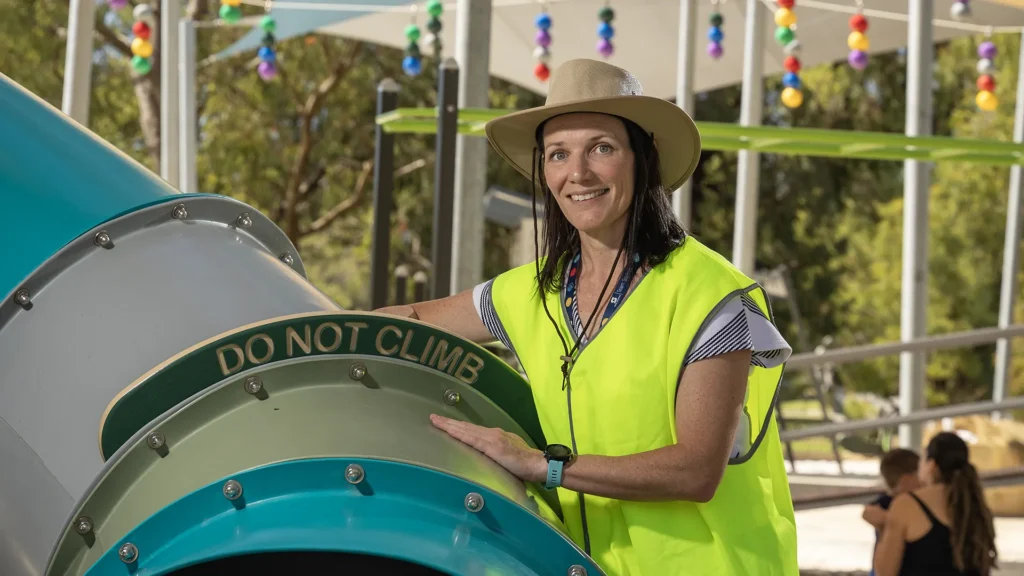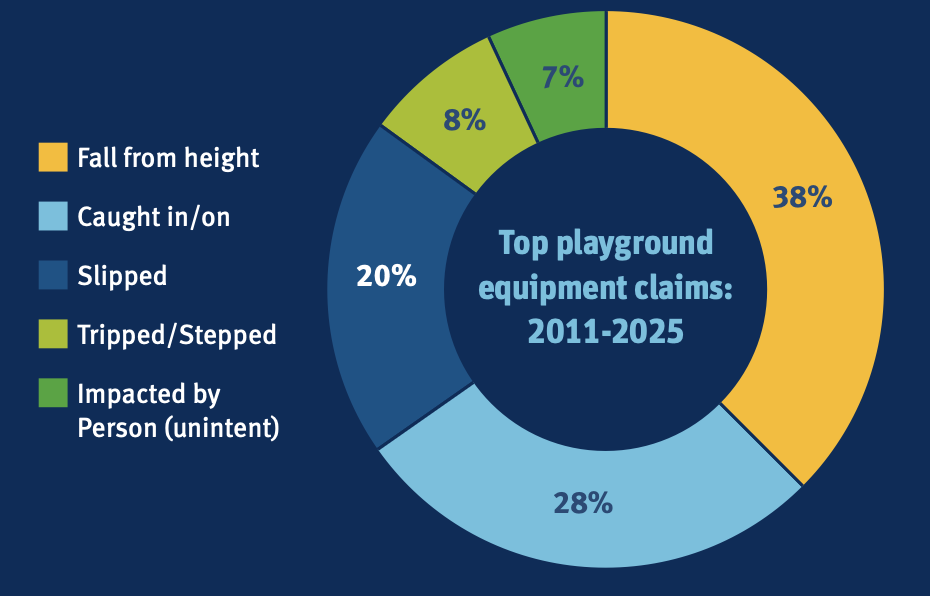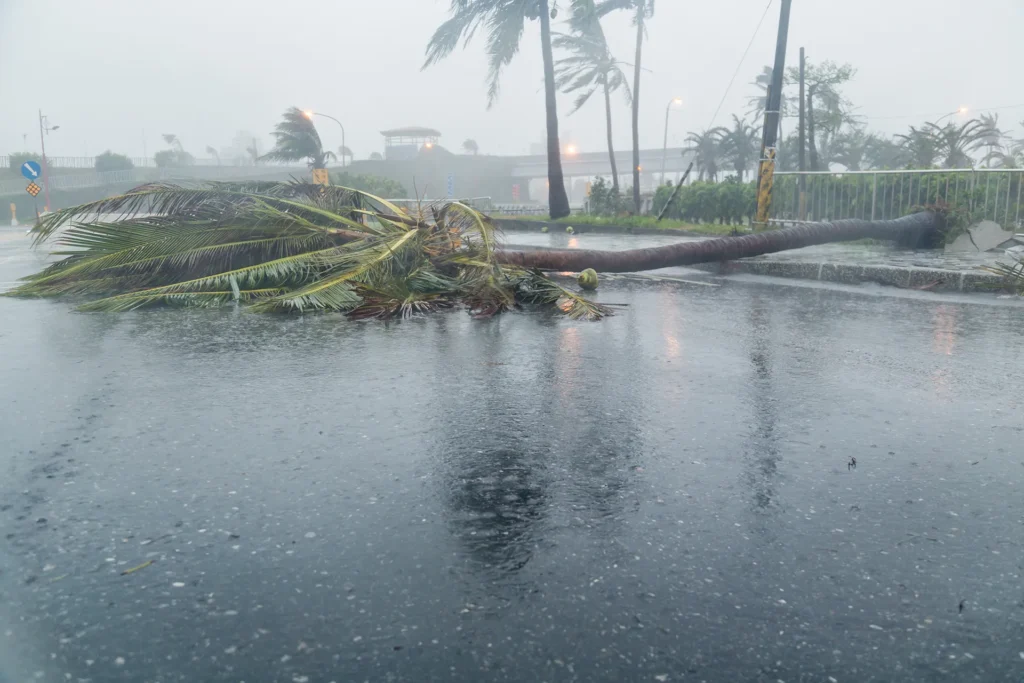Where we’ve been – Spring 2025
LGIS had the pleasure of visiting the City of Kwinana to present the 3 Steps to Safety Diligence in Safety Award. We recognised Kwinana’s outstanding commitment to workplace health and safety based upon their incorporation of our three steps ‘assess’, ‘plan’ and ‘act’.







